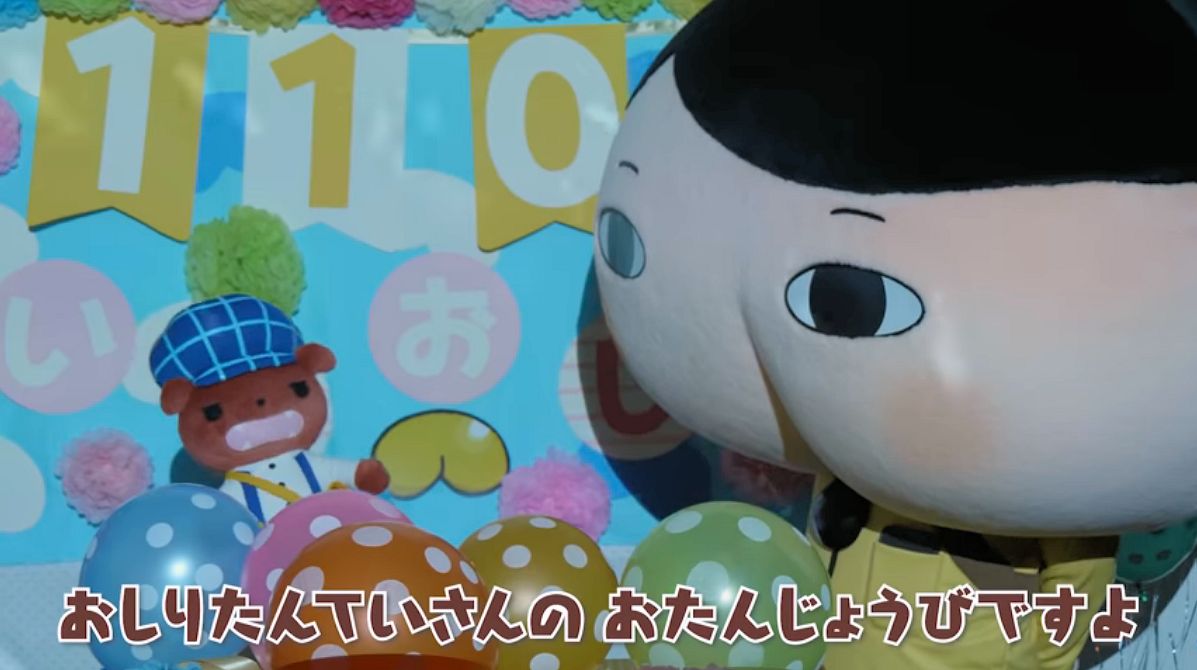
But why dogs? Why butts? And why these exact days? The answer lies in a form of Japanese wordplay known as goro awase.
In this article, we’ll briefly look at how numerical goro awase works, and how it’s used throughout Japanese culture. We’ll also look at goro awase in Japanese games, and how translators struggle to make it work in English.
What is Goro Awase?
The Japanese term goro awase (pronounced “goh roh ah wah seh”) means something like “mixing and matching the way stuff sounds”. In simple terms, goro awase is a way of playing with the Japanese language to spell words in alternate ways.
Goro awase is often used as a memorization technique, but it’s also used in entertainment and just for fun. Goro awase is everywhere – on billboards, on television commercials, in games, in business names, in nicknames… Basically, if you step foot in Japan, you’ll be surrounded by goro awase immediately.
In particular, if you’ve ever played a Japanese game, read Japanese manga, watched a Japanese TV show, or anything else like that, you’ve probably already encountered numerical goro awase wordplay at some point, without ever realizing it. So let’s focus on that topic specifically.
Numbers and Goro Awase
Take the number 07892. In English, you’d normally read it out loud as “zero seven eight nine two”… or you could read it as a more comical “oh, seven ate nine, too”. Japanese goro awase is kind of like that, just more complex. Here’s how it works.
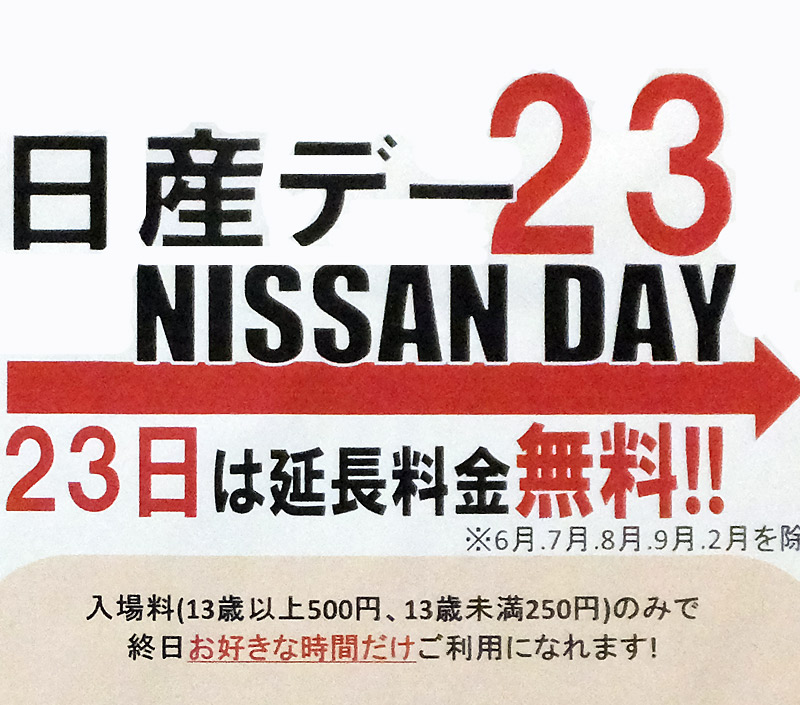
As a simplified example, the character 二, which means “two”, can be read as ni or ji, depending on the situation. Similarly, the character 三, which means “three”, can be read as san or mi.
So, using goro awase, the name “Nissan” can be represented with the number “23”, because ni is one possible reading for “2”, and san is one possible reading for “3”.
Of course, you could use “23” to represent something else too. For example, “23” could represent the name “Jimmy”, because ji is a possible reading for “2” and mi is a possible reading for “3”.
With that quick explanation out of the way, here are some Japanese readings for the numbers 0 through 10:
| Number | Possible Japanese readings |
|---|---|
| 0 | rei, zero, wa, maru, o |
| 1 | ichi, i, wan |
| 2 | ni, ji, fu, bu, pu, tsū |
| 3 | san, sa, za, mitsu, mi |
| 4 | yon, yo, shi, fō |
| 5 | go, ko |
| 6 | roku, ro, ru, ra, mu |
| 7 | shichi, nana, na |
| 8 | hachi, ha, ba, ya |
| 9 | kyū, ku, gu |
| 10 | tō, jū |
I’ve simplified the list above – there are actually many more possible readings for each number. And with so many possibilities to choose from, goro awase allows you to write all kinds of stuff in Japanese with numbers alone.
- ba na na (“banana”)Answer: 87 or 877
- ku sa i (“stinky”)Answer: 931
- mu shi ba (“tooth cavity”)Answer: 648shi bu ya (an area in Tokyo)Answer: 428shi ni na (“die!”)Answer: 427
Goro Awase and Phone Numbers
Everywhere you look in Japan, you’ll find goro awase-filled advertisements. This is because goro awase can turn phone numbers into catchy, memorable phrases:
Of course, this phone number thing isn’t exactly unique to Japan – we do something similar in English:
!["Hot Hints is fast, fun, and (???) only $1.65 a minute" "Hot Hints is fast, fun, and (???) only $1.65 a minute"]() "Hot Hints is fast, fun, and (???) only $1.65 a minute"
"Hot Hints is fast, fun, and (???) only $1.65 a minute"Still, phone number goro awase is fundamentally different – it plays with the Japanese language itself, while English phonewords play with the standard phone keypad layout.
Goro Awase as a Learning Device
In school, you probably learned special phrases to memorize stuff – things like:
- “Every Good Boy Does Fine” – for learning to read sheet music
- “SOH-CAH-TOA” – for learning basic trigonometry
- “My Very Excited Mettaton Just Sold Undyne Nachos” – for remembering the planets of the solar system
Japanese goro awase is sometimes used as a memorization technique too, especially when numbers are involved:
As an example, let’s say you wanted to memorize the years a bunch of games were released. Pac-Man was released in 1980, so a good goro awase to use would be iku hamaru (“go get addicted”).
Goro Awase and Dates
You know how English-speaking Star Wars fans call May the 4th “Star Wars Day” because it sounds like “may the Force (be with you)”? Japanese goro awase can do something similar with dates, but with much more flexibility:
![The Japanese word for "meat" is niku, and the number "29" can also be read as niku. As such, February 9th - along with the 29th of every month - is sometimes celebrated as "Meat Day" The Japanese word for "meat" is niku, and the number "29" can also be read as niku. As such, February 9th - along with the 29th of every month - is sometimes celebrated as "Meat Day"]() The Japanese word for "meat" is niku, and the number "29" can also be read as niku. As such, February 9th - along with the 29th of every month - is sometimes celebrated as "Meat Day"This numerical wordplay also explains the reasoning behind “Dog Day” and “Nice Butt Day”:
The Japanese word for "meat" is niku, and the number "29" can also be read as niku. As such, February 9th - along with the 29th of every month - is sometimes celebrated as "Meat Day"This numerical wordplay also explains the reasoning behind “Dog Day” and “Nice Butt Day”:Just for fun, some other goro awase-based days include:
- March 3 – Ear Day
- March 4 – Sewing Machine Day
- April 4 – Yo-Yo Day
- April 6 – White Day
- April 18 – Good Teeth Day
- May 2 – Traffic Day
- May 3 – Garbage Day
- May 18 – Word Day
- July 8 – Pick-Up Artist Day
- August 2 – Underwear Day
- August 2 – Herb Day
- August 7 – Banana Day
- September 6 – Black Day
- October 4 – Sardine Day
- November 3 – Good Birthing Day
These are just a few examples I’ve heard of. I’m sure there are many more, including a bunch of good ones that nobody has even thought up yet!
Goro Awase and Names
Sometimes people will use goro awase to create a stylish nickname, pen name, or Internet name:
Goro Awase in Games
As we’ve seen, number-based goro awase wordplay is used a lot in Japanese. It appears in Japanese video games all the time too, in ways you might not have noticed before.
Golbez in Final Fantasy IV
For most of Final Fantasy IV – and during a flashback in the sequel – Golbez is the main villain. In both games, his evil self has 2943 HP, which is goro awase for nikushimi (“hatred”).
After Golbez is freed from his evil brainwashing, his HP changes to (and remains at) 2971, which is goro awase for tsugunai (“atonement”):
Konami
Using goro awase, the number “573” can be read as “ko na mi”. This is why you’ll see the number 573 all the time in official Konami games, documents, websites, and more:
Other Examples
![Defeating the secret, super-hard boss in the first Yakuza game will earn you 893 experience points - "893" is well-known goro awase for the word "yakuza" Defeating the secret, super-hard boss in the first Yakuza game will earn you 893 experience points - "893" is well-known goro awase for the word "yakuza"]() Defeating the secret, super-hard boss in the first Yakuza game will earn you 893 experience points - "893" is well-known goro awase for the word "yakuza"
Defeating the secret, super-hard boss in the first Yakuza game will earn you 893 experience points - "893" is well-known goro awase for the word "yakuza"![In Seiken Densetsu 2 ("Legend of the Holy Sword 2", aka Secret of Mana), the number "634" is used as a password. This number is sometimes used as goro awase for "Musashi", a famous samurai known for his unprecedented sword techniques In Seiken Densetsu 2 ("Legend of the Holy Sword 2", aka Secret of Mana), the number "634" is used as a password. This number is sometimes used as goro awase for "Musashi", a famous samurai known for his unprecedented sword techniques]() In Seiken Densetsu 2 ("Legend of the Holy Sword 2", aka Secret of Mana), the number "634" is used as a password. This number is sometimes used as goro awase for "Musashi", a famous samurai known for his unprecedented sword techniquesOf course, there are many more instances of goro awase in Japanese games. If you come across any others, let me know – I’d like to update this section from time to time with even more examples!
In Seiken Densetsu 2 ("Legend of the Holy Sword 2", aka Secret of Mana), the number "634" is used as a password. This number is sometimes used as goro awase for "Musashi", a famous samurai known for his unprecedented sword techniquesOf course, there are many more instances of goro awase in Japanese games. If you come across any others, let me know – I’d like to update this section from time to time with even more examples!Goro Awase and Translation
As we’ve seen in other articles, wordplay rarely works in a straightforward translation – it usually requires localization instead.
But, as a translator, what happens when you run into goro awase wordplay? How do you localize something that’s so deeply tied to the Japanese language?
Every case is different, but there are two main solutions that I’ve seen to this problem:
- Drop the wordplay entirely and/or make up something completely new. If there’s no way to make it work, then there’s no way to make it work. Forcing an unworkable joke can pull the audience out of the moment due to confusion or distraction.
- Don’t even localize the wordplay. Instead, you temporarily break the hidden wall between translator and audience and explain how the joke works in Japanese. I usually see this when the wordplay is a key part of whatever’s being talked about.
Here are some examples of Solution #2 in action:
Neither method of dealing with goro awase is ideal – a lot gets lost either way. In fact, goro awase is a probably good example of something that’s almost untranslatable.
With all that said, I’m sure there have been some rare situations in which everything aligned just right, resulting in a nice localization of goro awase wordplay. If you know any such examples, definitely let me know!
Final Thoughts
Goro awase wordplay isn’t something they teach heavily in Japanese language classes – most of it is just stuff you pick up over time. It’s a fun topic to explore, though, and it can even be pretty useful. So if you’d like to learn more, here are some good resources:
- Goroawase: Japanese Numbers Wordplay (Tofugu)
- Japanese wordplay (Wikipedia)
- Goroawase Number (TV Tropes)
Trying to translate foreign jokes and wordplay is always difficult, and trying to explain how they work can be even harder. Even so, I hope this explanation of goro awase makes some sense, even if you don’t know any Japanese at all. It’s certainly a lot to take in all at once.
So, until next time, 3476!
If you liked this look at how wordplay works in Japanese stuff, check out these articles too!


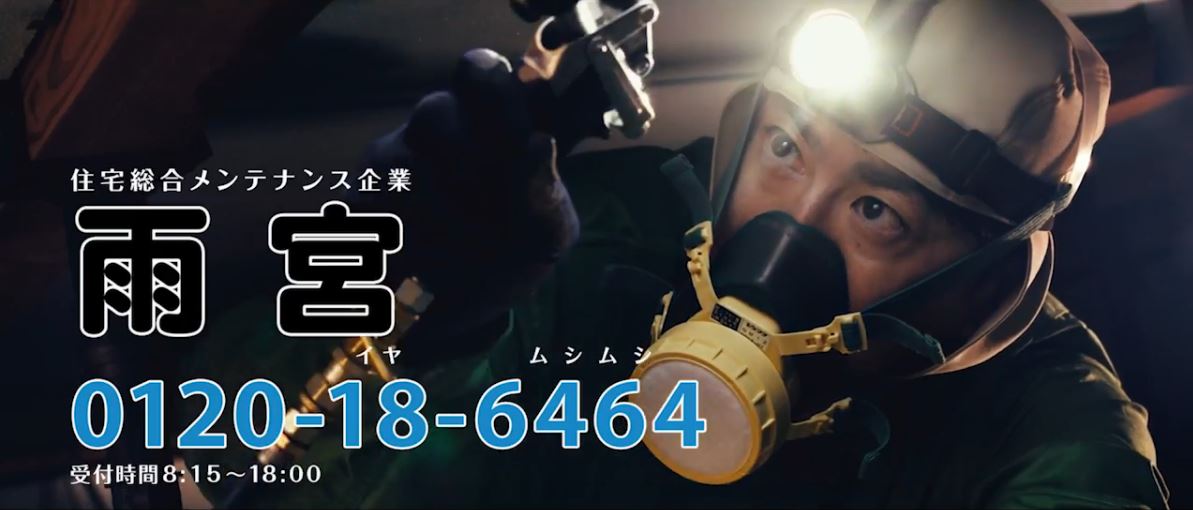

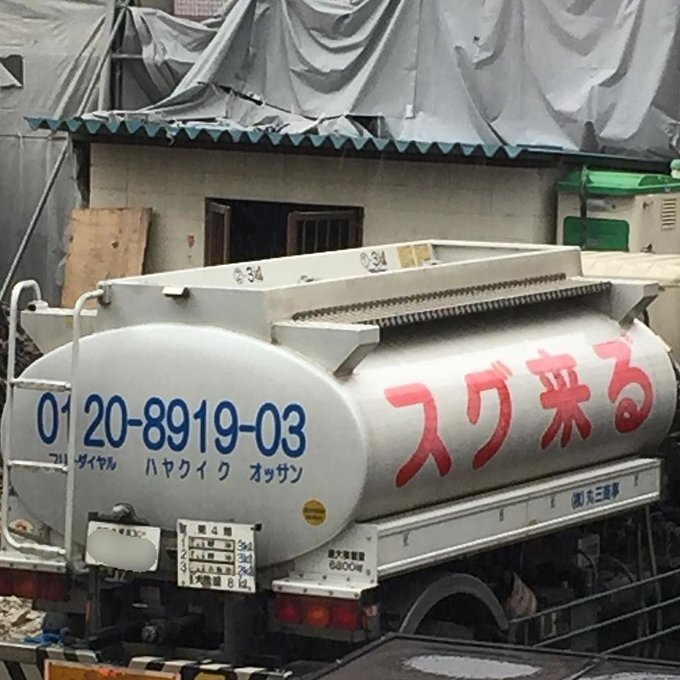





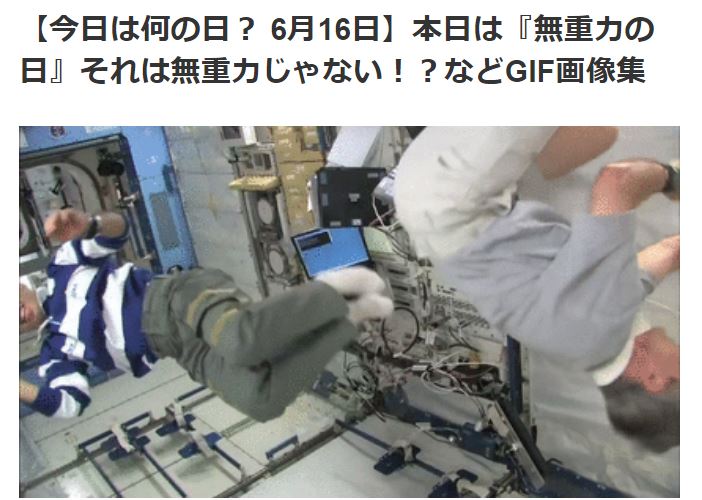

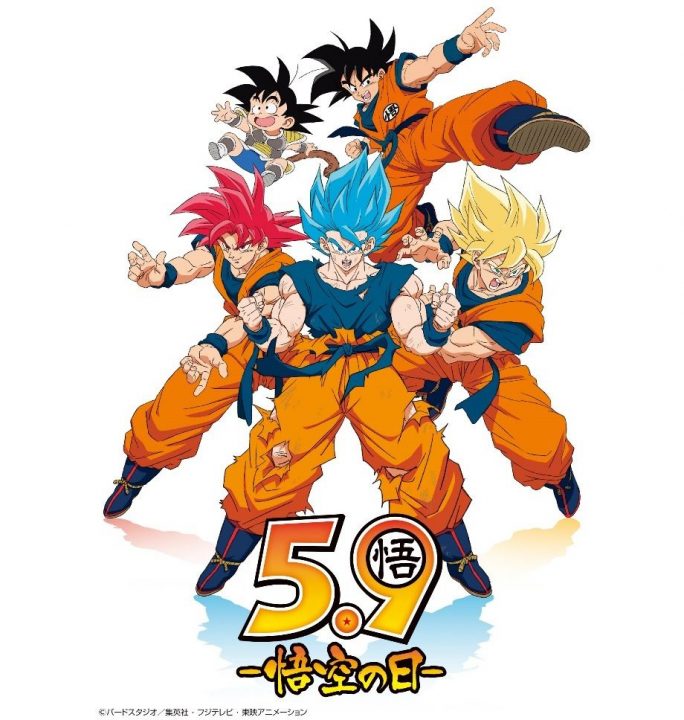
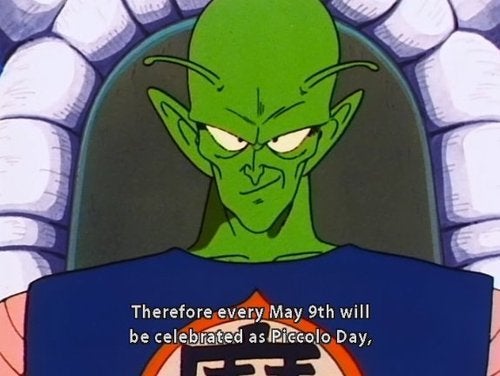


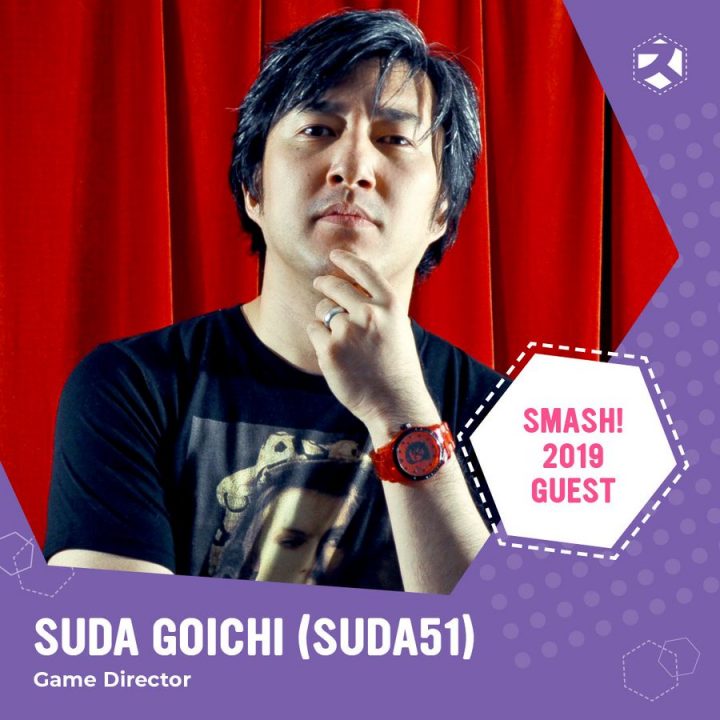
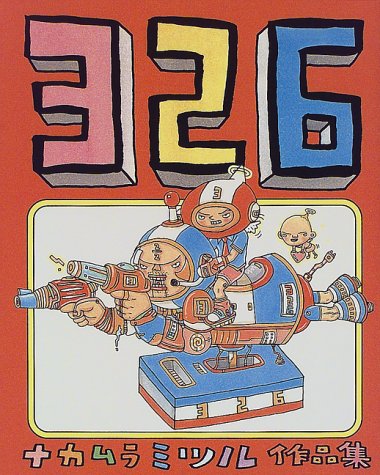

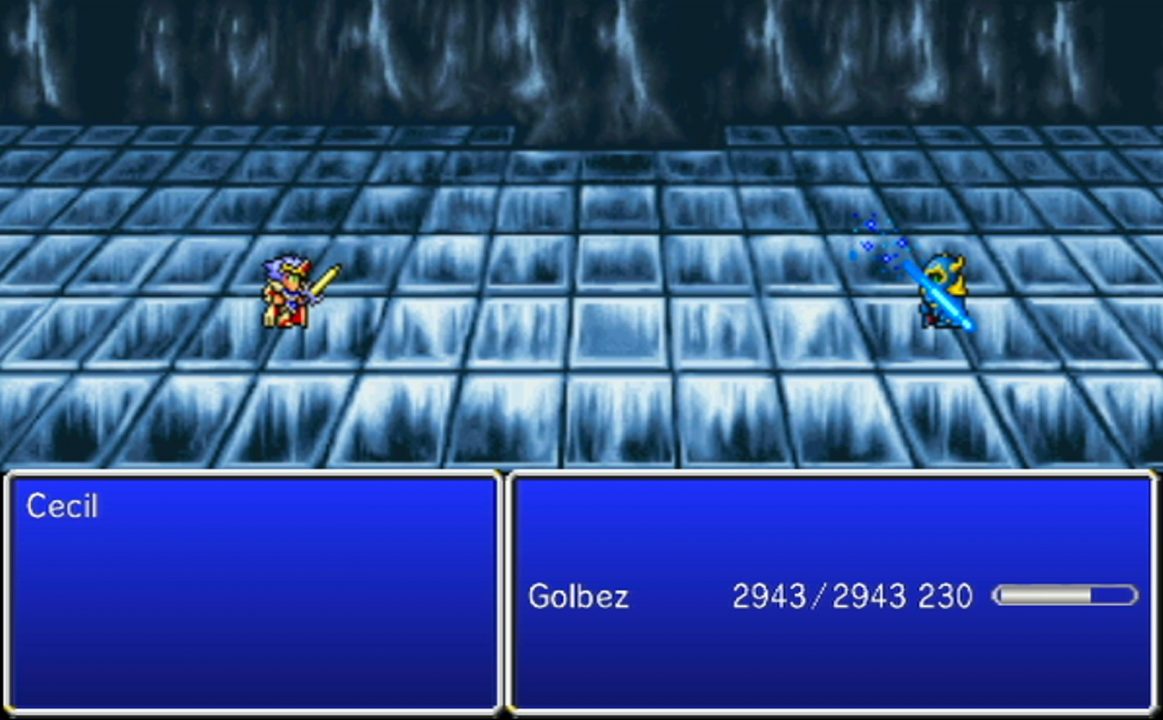
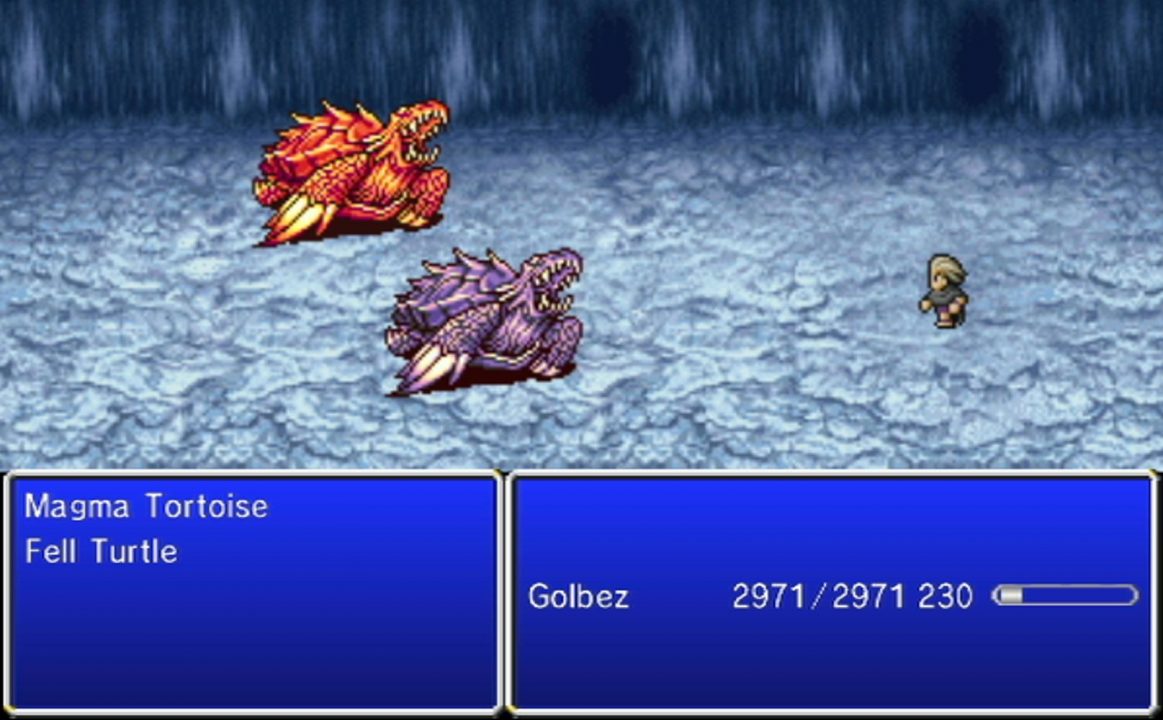
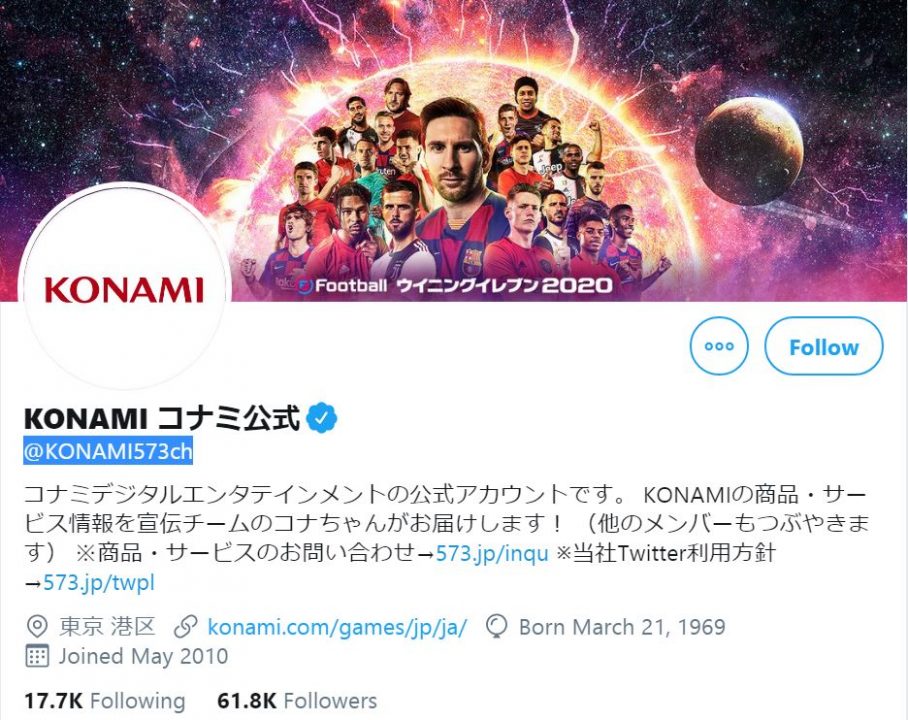
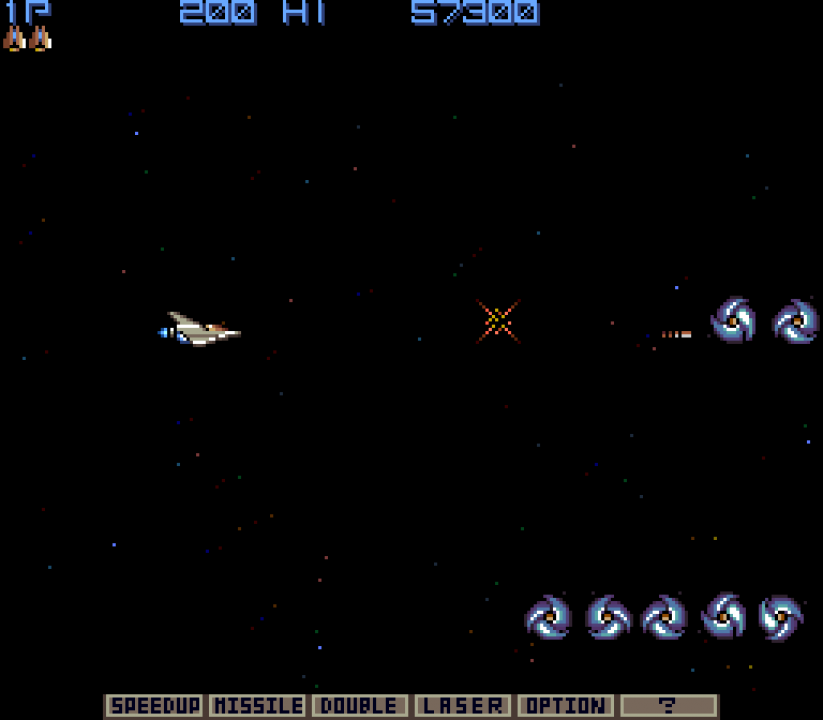
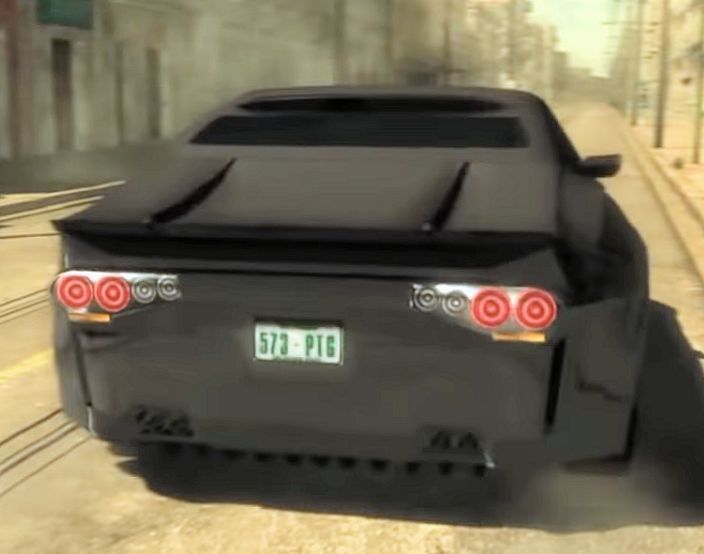
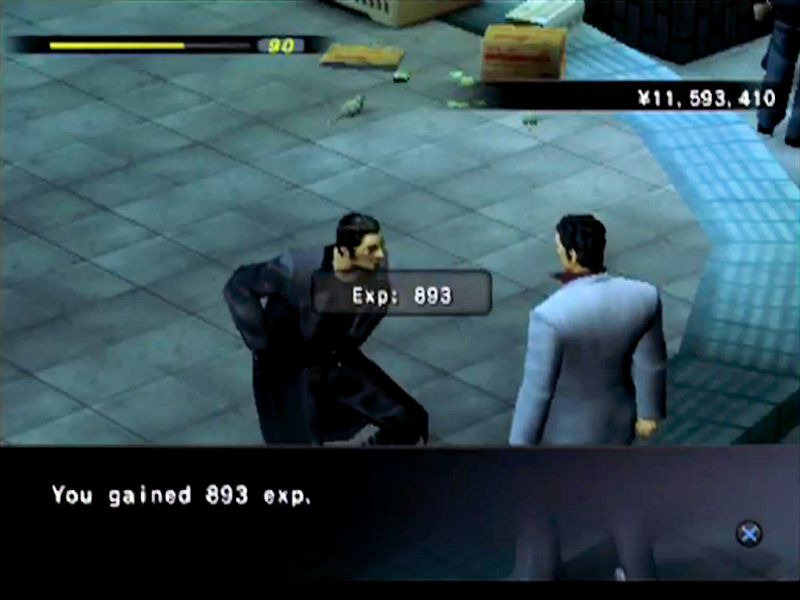


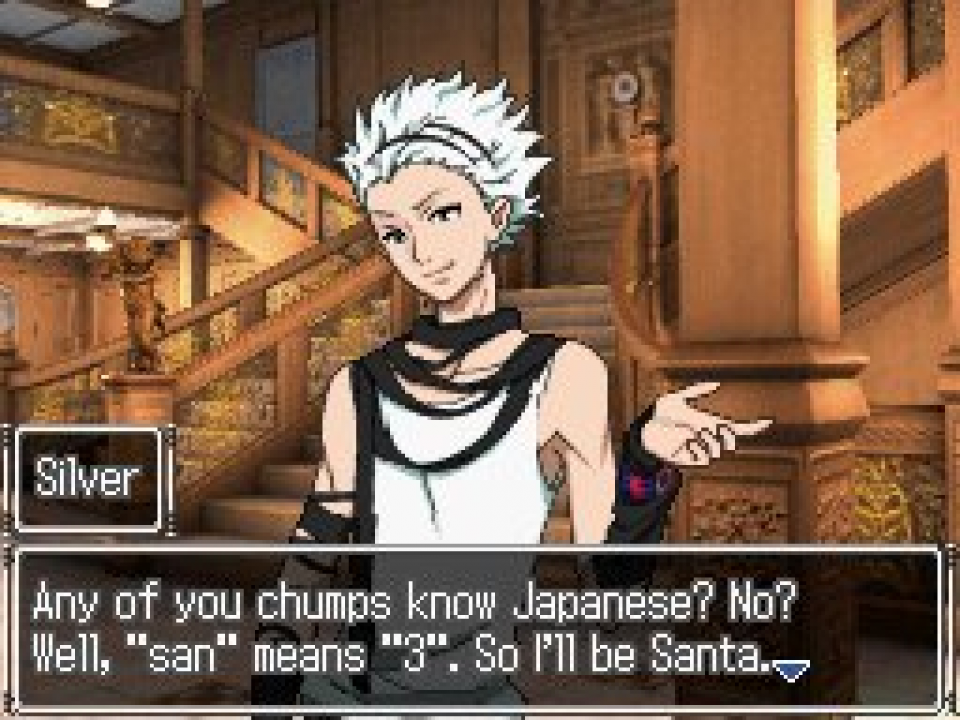
![press start to translate [Final Fantasy IV] press start to translate [Final Fantasy IV]](https://legendsoflocalization.com/wp-content/uploads/2018/05/pressstart.jpg)
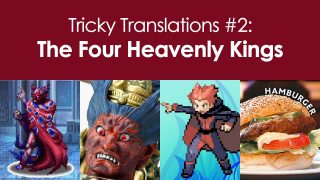

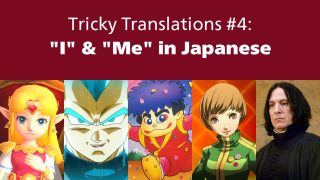
Anime fan subs and fan translated manga often go the “explain Japanese” route when it comes to word plays, and it’s done in a style much like two final screenshots. It’d be tough to do in an anime dub or video game voiceover, though. Editor notes and parentheticals can be digested pretty naturally, I think, while having a character explain Japanese in expository fashion with the actor matching original lip flaps is a little much.
“Editor notes and parentheticals can be digested pretty naturally, I think, while having a character explain Japanese in expository fashion with the actor matching original lip flaps is a little much.”
I have never really had much of a problem with it if the dub actor has to explain it that way. It really comes down to preference.
When it comes to dubs, I put a strong preference on the scripts sounding like real life dialogue, even if that means deviating significantly from the source material. Personally I think there are too many barriers and conflicting priorities in the localization process to make such a thing a routine reality for me, so I’m not really the in target audience for dubs, at least in the way that has become industry standard. As you say: preference.
I agree that having good dialogue is preferable. I think you could easily have a dub with an on-screen note to explain wordplay if it were totally necessary.
I agree with you, MasterMarkus, especially since I prefer dubs myself.
I never knew about the FF4 examples–that’s very cool! I’ve always loved goroawase, even using it to help memorize a long account number back in the weird old days of phone cards for overseas calls. I have a Google phone number that spells my son’s name in English, which is not helpful when I have to remember the actual numbers quickly; I came up with a goroawase that does the trick. And my cell number has included probably the most classic goroawase ever since my first phone: “yoroshiku”!
I do tend to look twice at numbers in games and other pop contexts just in case there’s meaning there. I noticed that the gyroids (haniwa in Japanese) in the Animal Crossing series sell for 828 Bells. (And though it’s not goroawase, it’s cute that each piece in the Snowman furniture series–in AC and Wild World, anyway–sells for 8888 Bells, where an 8 represents the typical two-tier Japanese snowman.)
What about the Idolmaster? 765 productions,Na Mu Ko.
Namco uses that number a lot, and since merging with Bandai they also sometimes use 876 (Ba-Na-Mu, apparently from contracting “Bandai Namco” to “BaNam”). Bandai Namco’s official YouTube channel is 876 TV, and the Hot Scramble Gundam’s model number is BN-876.
Pac-Man is has the maximum ghost value be 7650 points, which is the same reference.
Correction, Pac-Mania.
Idolmaster does this with all of their production names! SideM’s 315/sa-i-ko production is used in a ton of the group songs as a “we’re the best!” unifying cry, and Shiny Colors’ 283 tsu-ba-sa production ties in with the wing and feather motifs of their game. And then the main series antagonists are all from 961/ku-ro-i production… It’s a bit goofy, but part of the series charm.
They did this in Ocarina of Time. The 231 code was 兄さん一番 in Japanese.
Would be cool to see a Japanese game that uses numbers (with furigana). Some sort of number puzzle (XD)
Cool thanks you just blew my mind a little. In hindsight, *of course* “23 is number 1” sounds like an awkward attempt at translating wordplay, but despite already knowing about goro awase it never even crossed my mind until just now. I guess props to the original translation team, not only did their choice clearly work perfectly fine, but how many of us still have that phrase memorized 20+ years later?
When I first happened across that in 1999, I thought it was a reference to how well-regarded Michael Jordan was at the time; his most well-known NBA number was 23 of course.
A Pokemon manga, Diamond and Pearl Adventure!, did something like this with a character’s name. Unnamed until the final volume, a recurring comic relief baddie was recognizable by his swollen butt. He eventually reveals that his name in his organization is K-2, which has the joke that it’s similar to a word for “butt”.
In English, he gives his code name as “B-2”, and the joke is that it sounds like “booty”.
…well, they tried.
A-55 would have worked.
There’s also Ryukishi07 (rei na) – a reference to FFV’s Lenna/Reina. The device shows up within his works as well: the character of Takano Miyo from Higurashi is associated with the number 34 (mi yo), for instance. This wordplay is expanded further by a related character in a later work named Lambdadelta – λδ, or 34 in Greek numerals.
It took me a while a while to realize why the Hatsune Miku/Vocaloid fan community uses the number 39 for everything. Eventually, I thought to try reading the digits in Japanese: *san kyuu*. And I went “Ohhh…”
Also *mi ku*, which I wouldn’t have known without that chart up there.
…wait a minute. Hatsune Miku’s birthday is August 31. 8/31. 31+8=39. Hahahahaha, that was right under our noses this whole time!
While I think the “mi ku” reading is more likely in this particular case, I *have* seen 39 used as “san kyuu” for English “thank you”. You sort of backed into another example of goro awase 🙂
For a while around 10 years ago they had the “Giving Day” concert I believe on March 9th for a couple years, the wordplay being that it could be either “Miku” or “Thank You”. Come to think of it, that may have been my introduction to goroawase. And Miku=39 shows up *everywhere*, especially in the Project Diva games, the most recent of which was called Project Diva Mega39’s (read as Megamix or Mega Miku’s) in Japan and the base version of the western release sold in the US eshop for $39.39.
There’s also a song called “39” (pronounced “Sankyuu” rather than “Miku”) that was a collab between sasakure.UK and DECO*27 (pronounced “Deco Niina”, but I’m not sure if it counts as a goroawase number since it seems to have no deeper meaning) released for Miku’s 5th anniversary about her gratitude to everyone who’d stuck with her for so long and has a line referencing the fact that 39 can be read as both.
In general, goroawase numbers come up a *lot* in the vocal synth community, especially the UTAU community, where some UTAUloids (particularly the Vippers) are given designated “model numbers” based on their goroawase number, such as 65 for Ruko, 69 for Rook, 35 for Miko, and 73 for Ritsu (whose surname is Namine). Teto is an exception, as her number is 0401 due to originating as an April Fool’s Day prank. However, the Japanese fanbase has declared October 10th to be “Teto Day” so it seems that they deem her goroawase number to be 1010.
On a non-Vocaloid related note, I once saw a phone number for a Japanese restaurant in my area that ended in 3939 (sankyuu sankyuu).
Speaking of 999 and goro awase, the “9 = Q” twist works in both Japanese and English.
In Japanese, 9 can be pronounced “kyuu”, whereas in English, the lowercase letter q looks like a 9.
IIRC, they still needed to rework it a bit in the localization; in Japanese the rules were explained over the intercom, which wouldn’t work in English because “q” doesn’t SOUND like “9”, so in English they had the intercom tell the characters to read the instructions that had been slipped into their pockets.
Describing ‘9’ as a “curly cue” might work. That might seem esoteric, but, from what I understand, 999 is a game revolving around puzzles and riddles so it might not be too big an issue.
And speaking of Zero Escape in general:
In Virtue’s Last Reward, there are robots named GAULEMs, and the characters meet one in particular. The characters just start calling him GAULEM while speaking to him, because, you know, he’s a GAULEM, but he insists to call him by his name, GTM-CM-G-OLM. Of course, they just go, “G-OLM, so… golem,” and he’s like “Touché.” In the original Japanese, though, his name is GLTM-KM506, because 506 can be read as goremu. A bit ruder than the localized version, perhaps, because there are so many other ways they could pronounce it to respect his wishes.
Uchu Sentai Kyuranger’s pink ranger was named Raptor 283. She could fly. Take a good guess without looking it up what 283 means.
I never knew the words in phone numbers were based on three-letters-per-number keypads. I always thought it was a joke, or that American phone numbers had letters in them for some reason.
There’s an insurance company called Hastings Direct whose phone number I still remember after all these years because they sung it as a jingle: “oh-eight hundred-double nine, ten sixty-six.” It’s how I remember that the Battle of Hastings took place in 1066.
As for actual goro awase, in Soul Eater, the number used to contact Death is 4242564 (shini shini goroshi), which means “die die kill.”
* Adding on to the “niku”, adding Friday or kinyobi in Japanese, equals kin niku. Because of that, every 29th in a month that falls on Friday is Kinnikuman day, a day celebrating Yudetamago’s classic manga franchise.
* The Marvel image for National Nice Butt Day is especially appropiate considering that is “America’s ass”
* Just noticed that the Piccolo Day screenshot was your translation!
I’m pretty sure the “hayaku iku ossan” truck went viral because of the sexual connotation.
Yes, it literally means “the old man who goes quickly”, but the joke might come across better if it were translated as “the old man who comes quickly”.. 🙂
As far as I can tell that Hot Hints commercial just says “It’s fast, fun, and a dollar sixty-five a minute” with there being a HARD cut right before that price. Some people in the Youtube comments figure the last word was going to be “free”, but whatever it was, it was clearly clumsily changed in editing.
One of my favorite examples of goroawase is a phrase that has permanently lodged an absolutely pointless bit of trivia in my head. The Earth does a full spin around its axis every 23 hours, 56 minutes, and 4 seconds. How do I remember this? “Ni san go ro shi”. Needless to say, killing your older brother because you can’t remember something so useless is an arresting image.
In Xak II: Rising of the Redmoon, you start the game off with 1870 gold. I forgot what 1870 reads again, but it had to do with the game’s main developer, Hideyuki Yanagishima (concept & game design, graphic design, art director, graphics, executive producer).
I looked into it real quick and couldn’t find any real info, except that he might’ve sometimes gone by Hiyana, which would match “187”. I dunno if the 0 has a meaning or if it’s just to make the number actually useful when you start the game.
That confirmed my suspicion on why Japanese Yakuza fans decided to designate May 6th as Goro (Majima)’s Day. I never knew numberplay went so deep over there though.
Here’s another numberplay I know of: the navigator reploid in Megaman X Command Mission has a pair of 7s on her chestplate. Her name, of course, is Nana.
A good example of a translation that worked perfectly is actually one you already mentioned in the article: Gitaroo Man!
The main character’s name is U-1 in both versions, but in the English voiceacting it’s pronounced like the English name “Ewan” instead of “Yuichi”.
Nice case of stuff just coincidentally working out!
There is a TON of this kind of thing in One Piece, particularly in the letter’s column in the graphic novels where readers submit ideas for characters birthdays. Probably like 90% of the birthdays are these kind of number puns. And the English editions will usually just go the route of having an editor’s note explain it.
Oh! I actually knew about this prior to this article, but I didn’t know what it was called. When I was younger, I used to be really into the Bleach manga. The main character (Ichigo) has red hair, and because of that, he has the nickname “strawberry”. He’s also 15 years old, and the number 15 shows up a lot in the various mid-chapter artworks. I’m willing to bet all of that wordplay is a lot more obvious in the Japanese version… Related, apparently Ichigo naturally has black hair, but he bleached it to be red, hence the name of the… entire series… But now I’m wondering if that was maybe added by the localization to make the “strawberry” nickname work in English while also sort of explaining the name of the series… Or maybe it was always like that and the fact he has red hair just makes the nickname work regardless (Even though you lose the significance of “15” being everywhere, besides that being the character’s age). It wasn’t until a long time after learning a few Japanese numbers that I realized that 15 could be read as “Ichigo”, and it took me even longer until I learned that “Ichigo” can mean “strawberry”! It’s a surprisingly layered bit of wordplay when you really break down everything about the character that is based on it. xD
No, that’s his natural hair color, inherited from his mother. He even comments that people were annoying him to dye his hair back, when that’s his natural color.
Regarding the Konami example, I know one of their arcade boards based on the PS1’s hardware was called “System 573”.
Uncanny Japan had a pretty interesting episode on this very topic!
https://www.uncannyjapan.com/episode-12-tricky-numbers-goro-awase/
I first found out about goroawase from the Super Pitfall II prototype – the unreleased translation of Atlantis no Nazo.
There’s a level that has the goroawase Nagoya, telling you how many times to bomb each pyramid. The Super Pitfall II prototype simply changes the text to 758.
http://wecmuseum.org/index.php?title=The_Mystery_of_Atlantis#Cancelled_Nintendo_Entertainment_System_version
Apparently the domain name for that site expired today?
Can’t forget Pi Day (3 14) as a western example.
Oh and 9mm Day (9×19). Though it really that should be 9mm week since there’s 9×17 (.380 ACP) 9×18 (9mm Makarov), 9×19 (9mm Luger/Parabellum/NATO), 9×20 (9mm Browning Long), 9×21 (9×21 IMI), 9×22 (9mm Japanese Revolver. Also 9mm P.A.K., though that one isn’t really a firearms cartridge), 9×23 (9mm Bergmann AKA 9mm Largo and the separate, much newer, 9mm Winchester), though only the first three are made in any serious quantity now days.
69 (rokku) popped up a few times in the Rockman (Mega Man) series, andmany of the classic enemy names contain wordplays and puns, examples including “Metall K-1000” (a train enemy. 1000 = sen, and keisen = “track”), “Plasma±” (Purazuma Purasumainasu) and “V” (buoy).
Anyone knows if the names CWU-01P, M-445, Hirarian 427, SRU-21/P, and CFN-24 have a meaning?
Interesting! I remember hearing about this phenomenon from the One Piece fanmail page–Oda would respond to questions about characters’ birthdays by responding with goofy puns. One of the translators didn’t bother explaining this at all, leading me to first think Oda was joking by throwing out pointless numbers, then when I was older wonder if certain numbers had connotations in Japanese. Eventually, one of the other translators threw the collective readership a bone and explained numbers could be read in various ways, with various connotations. It opens up for a lot of cool and fun wordplay potential, so it’s really nice to get to see it explained more in detail.
I’ve always found this interesting since I learned about it x3 Another example: The Pokemon gym leaders in Sword/Shield all have various numbers associated with them, based on this kind of wordplay, related to the Pokemon type in some way: for example Milo, the Grass leader, is 831 – yasai (vegetables) and Nessa, the Water leader is 049 – oyogu (swim), the ones revealed before release explained here: https://twitter.com/canicuIa/status/1148243349469454336
Now that the game is out (well, technically since the images were leaked) we also know the other numbers: 187 (Fire), 910 (Fairy), 188 (Rock), 361 (Ice), 241 (Dragon) and 061 (Dark), anyone have any idea for these?
Fairy is probably ku-i-z(ero) as the gym leader is specialized in quizzes
Dragon is Tsu-Yo-I (strong)
Ice is Sa-Mu-I (cold)
Kabu (Fire) is Hi-Ba-Na (spark)
Bea (Fighting) is I-Ku-Sa (fight)
Allister (Ghost) is Ni-Ku-I (hateful)
Bede (Psychic/Fairy) is Ku-Rei-Ba (“clever” in English)
Gordie (Rock) is I-Wa-Ba (rock face)
Marnie (Dark) is Ku-Ro-U (hardship, kuro without the u means black)
Klara (Poison) is Ya-Ba-I (dangerous)
Avery (Psychic) is O-Tsu-Mu (brain)
I figured out 061 for Dark is “warui” (“bad”), then I just decided the hell with it and hit Google 😛
Here’s a list someone put together, possibly minor spoilers: https://www.reddit.com/r/pokemon/comments/dyi1ue/japanese_numerical_wordplay_goroawase_in_swsh_npc/
910 took me a little while to understand. “Kyuuto” seems to have nothing for the 1 digit. But the kanji for 1 「一」looks like the katakana character that doubles vowel sounds 「ー」. Thus, 「キュート」. Neat!
“10” can be pronounced “tou”, so the 1 is definitely part of it – incidentally, there’s a popular joke in Japanese about “ten ants”, “ari ga tou”.
Browsing pixiv and the Japanese side of twitter, I have seen goro awase. When there are specific day dedied to something like a pokémon, several people will draw it and add the goro awase date as a tag to the picture. Eevee was mentionned but I know Vulpix have its own day as well.
This is also why modern Puyo Puyo games always have exactly 24 playable characters, and why 2424 is a common placeholder high score (when the high score on an unplayed mode/game isn’t just 0). 24 can be read as “puyo”, and so it’s a recurring number throughout the series. I think it’s even the price of some things that can be bought from shops in some of the games.
I remember a common occurrence of Goroawase in Keroro Gunsou (or Sgt. Frog, as you prefer).
One of the main characters is called Natsumi. Multiple times in the series, when she haves to use some kind of peculiar costume (as in superhero costume, mecha suit, whatever the plot haves for her today) you can clearly see the number 723 on it, which of course is Goroawase for Natsumi.
Another fun example I found is 24 for the Puyo Puyo series resulting in it becoming a recurring number ever since SEGA got the licence to the series, explaining why every major recent release has had 24 playable characters. This ended up getting used in Puyo 7’s early teases where an image was released with numerous equations that all resulted in 247, or Puyo 7 as it was later revealed.
As a side note, other number based puns used during Complie’s run include the third game in the series, Puyo Puyo Sun and the fourth game, Puyo Puyo~n.
I don’t know japanese beyond few basic words, so I can’t be sure if there is some goro awase involved. But I though about a few examples while reading this article.
First it is some Castlevania games (more notably Aria of Sorrow and Dawn of Sorrow, but probably in more). Some doors are blocked with visible numbers. in order to open the doors the last three digits in your money should coincide with the three numbers in the door. If the door has the number 345 and your money is 208345, then the number will open with just touching it.
One of the numbers is 666, which makes total sense in a game with a gothic and dark environment like Castlevania (now after seeing your table I though the name “roku” for 6 in japanese could make sense in rock/metal music, if such word is pronunced as “rock”). I know nothing about the other 2 or 3 doors with numbers, though. Maybe there is some goro awase that is unnoticed when not knowing japanese.
Another example is Tales of Phantasia. When you are in the past and you go the cave where the spirit Gnome is located, you see a door with a password. A pianist in a pub called Motoi Sakuraba (which is also a curious cameo example, because he is the music composer) gives you the password after playing a piano solo. This password is a set of numbers, which I can’t remember now, but maybe it is another goro awase.
I don’t have any screenshots now but I can take them and show here if interested.
Very good article, by the way. Very interesting and very well explained 🙂
I actually came up with another pun involving 2943: It can be read as “Tsukuyomi,” the Shinto god of the moon.
This is a very belated comment by virtue of the following information, but I can actually think of a fairly recent example of goroawase being added into a Japanese localization. In the Japanese release of Deltarune’s second chapter, the character Spamton formats the first-person pronoun “watakushi” as “わた94”; the localization gives him an affinity for death-related wordplay, which I’m told is a means of localizing the creepier elements of his spliced-in bits of dialogue in the English script, but AFAIK this is the only aspect of it that uses goroawase (the others are based around inter-lingual homophones and kanji). Thought that might make for a good example to add in an update.